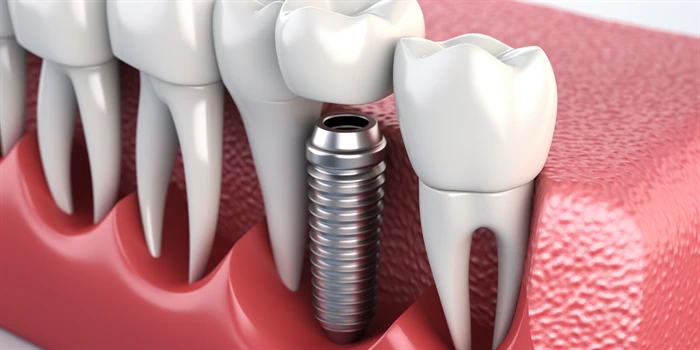Injuries to the knee can be debilitating and hinder our daily activities. Whether you have experienced a minor sprain or a severe ligament tear, wearing a knee brace is often recommended for added support and stability during the healing process. However, deciding whether or not to wear a knee brace is a personal choice that depends on various factors. In this article, we will explore the benefits, considerations, and types of knee braces to help you make an informed decision.

The Benefits of Wearing a Knee Brace
1. Enhanced stability: A knee brace offers additional support to the injured joint, reducing the risk of further damage.
2. Pain relief: By providing compression and limiting movement, a knee brace can alleviate pain and discomfort.
3. Injury prevention: Knee braces are often used by athletes to prevent injuries, particularly in sports that involve running, jumping, or sudden changes in direction.
4. Post-surgical support: After knee surgery, wearing a brace can aid in the recovery process by protecting the surgical site and promoting healing.
Considerations Before Wearing a Knee Brace
1. Consultation with a healthcare professional: It is essential to consult with a healthcare professional, such as a doctor or physical therapist, to determine if wearing a knee brace is suitable for your specific condition.
2. Type and severity of injury: Different knee braces provide varying levels of support. The type and severity of your injury will dictate the appropriate brace for your needs.
3. Activity level: Consider your activity level and the demands placed on your knee. If you engage in high-impact activities, a knee brace may be beneficial to protect against further injury.
4. Comfort and fit: Ensure that the knee brace you choose fits properly and is comfortable to wear, as this will encourage compliance and extended use.
Types of Knee Braces
1. Prophylactic braces: These braces are designed to prevent knee injuries, commonly used in sports with a high risk of knee trauma.
2. Functional braces: These braces provide stability for individuals with existing knee injuries, promoting healing and preventing further damage.
3. Rehabilitative braces: Designed for post-surgical use, these braces restrict movement and support the healing process.
4. Unloader/offloader braces: These braces are specifically designed for individuals with osteoarthritis, relieving pressure on the affected joint.
The Cost of Knee Braces
The cost of knee braces can vary depending on the type, brand, and features. Typically, knee braces range from $30 to $200 or more. It is advisable to consult with your healthcare professional to determine the most suitable brace within your budget.
FAQs about Knee Braces
1. How long should I wear a knee brace?
It depends on the severity of your injury and your healthcare professional's advice. In some cases, knee braces should be worn during physical activity, while in others, they may need to be worn throughout the recovery period.
2. Can a knee brace be worn during sleep?
In most cases, it is not necessary to wear a knee brace during sleep. However, consult with your healthcare professional to determine if nighttime bracing is appropriate for your specific condition.
3. Can knee braces be used as a substitute for rehabilitation exercises?
No, knee braces should be used in conjunction with proper rehabilitation exercises prescribed by a healthcare professional. They are not a substitute for rehabilitation.
References:
- American Academy of Orthopaedic Surgeons. Knee Bracing: What Works? (www.aaos.org)
- Mayo Clinic. Knee braces: Why you might need them. (www.mayoclinic.org)
- National Institute of Arthritis and Musculoskeletal and Skin Diseases. Questions and Answers about Knee Problems. (www.niams.nih.gov)



